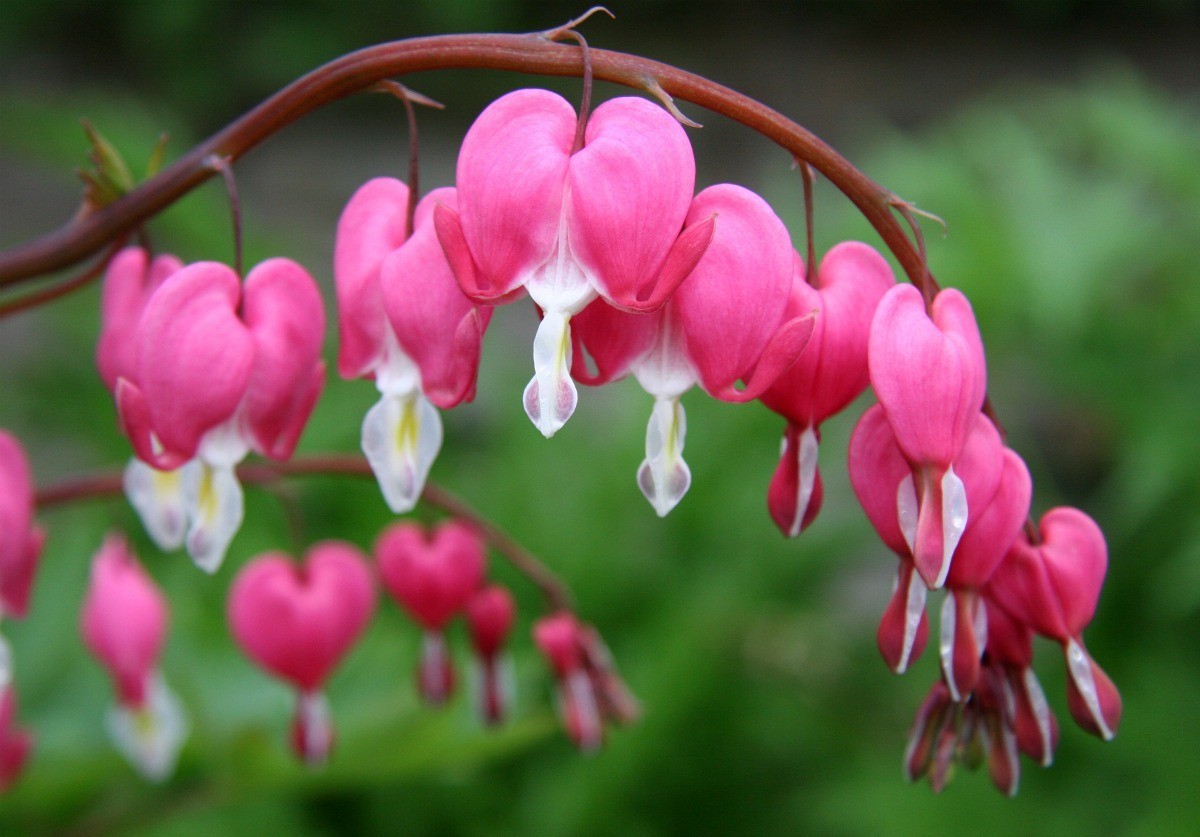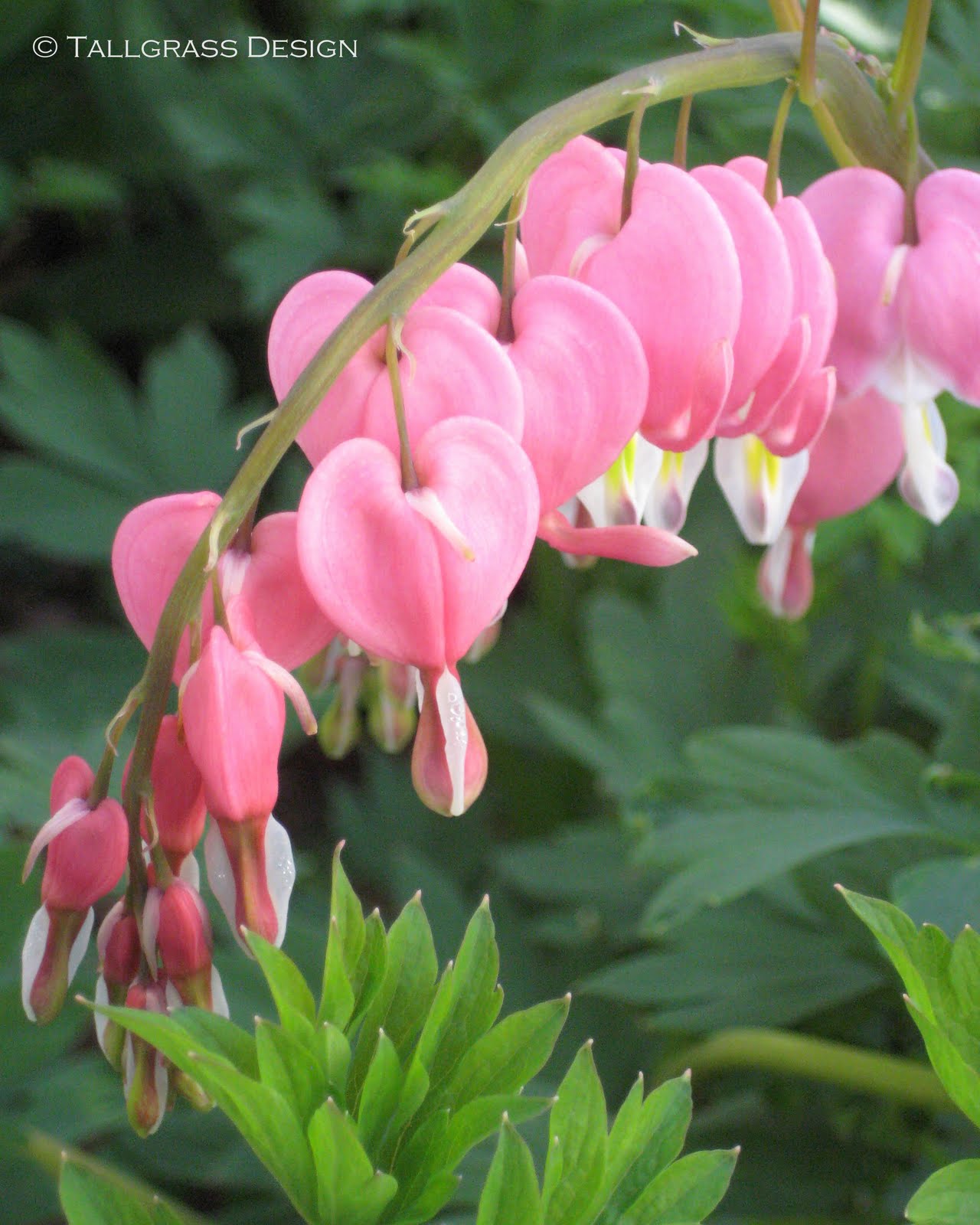

To better prevent the spread of disease among plants, all garden debris should be promptly removed from the growing space.

Yellow or wilted stems can be trimmed back to the ground with the use of pruners or garden secateurs.ĭo not remove the foliage before it turns yellow or brown - even though the flowers are gone, your bleeding heart plant’s leaves are storing food for next year’s growth. At this time, the plant will have completed its cycle of growth for the season. However, many growers do choose to remove foliage after it has started to yellow and die back in late spring or early summer. Pruning to maintain the size and structure of bleeding heart plants is seldom required. Excessively wet or waterlogged soils can be quite problematic, and may even lead to the loss of plants. Though supplemental irrigation will likely be necessary in order to keep the plants looking their best, you should still make sure to avoid overwatering or planting in beds with poor drainage. This is especially true throughout the warmest months of summer. Consistent moisture will also help to maintain the appearance of the plant’s flowers and foliage. Apply a hefty amount of organic mulch to keep the plants cool throughout the growing season.
#BLEEDING HEARTS FULL#
Light and Water Requirementsīleeding hearts need a cool, shady area for optimum bloom in warmer southern zones, but farther north this specimen may bloom in a full sun location. Early feeding will help in the production of flowers, as well as the continued development of a healthy root system. When foliage emerges in spring, time-release plant food may be worked into the soil around the plant, as may additional compost. Fertilizerīest care of bleeding heart plants will include annual feeding. Though these plants are able to adapt to a range of soil conditions, experienced growers suggest those which are neutral or only slightly acidic.

Soilīleeding hearts will perform best in well-draining, rich soil.
#BLEEDING HEARTS HOW TO#
Once you are aware of how to grow bleeding hearts, you may want to use them to brighten dark and shady areas. Many are surprised that growing bleeding hearts is so simple. Regardless of when you plant, work compost or other organic matter into the area first. Bleeding hearts may also be planted in the spring, as soon as the soil can be worked. Planting in the fall is often the most popular choice, as this allows for a prolonged period of establishment before the arrival of colder winter weather. In the home garden, plants will thrive in growing beds that receive partial shade or dappled light throughout the majority of the day.Īs a cool-season flower, bleeding hearts are best planted when temperatures are mild. Within their native range, bleeding heart flowers are most commonly found throughout woodlands, forests, and other shaded areas.


 0 kommentar(er)
0 kommentar(er)
